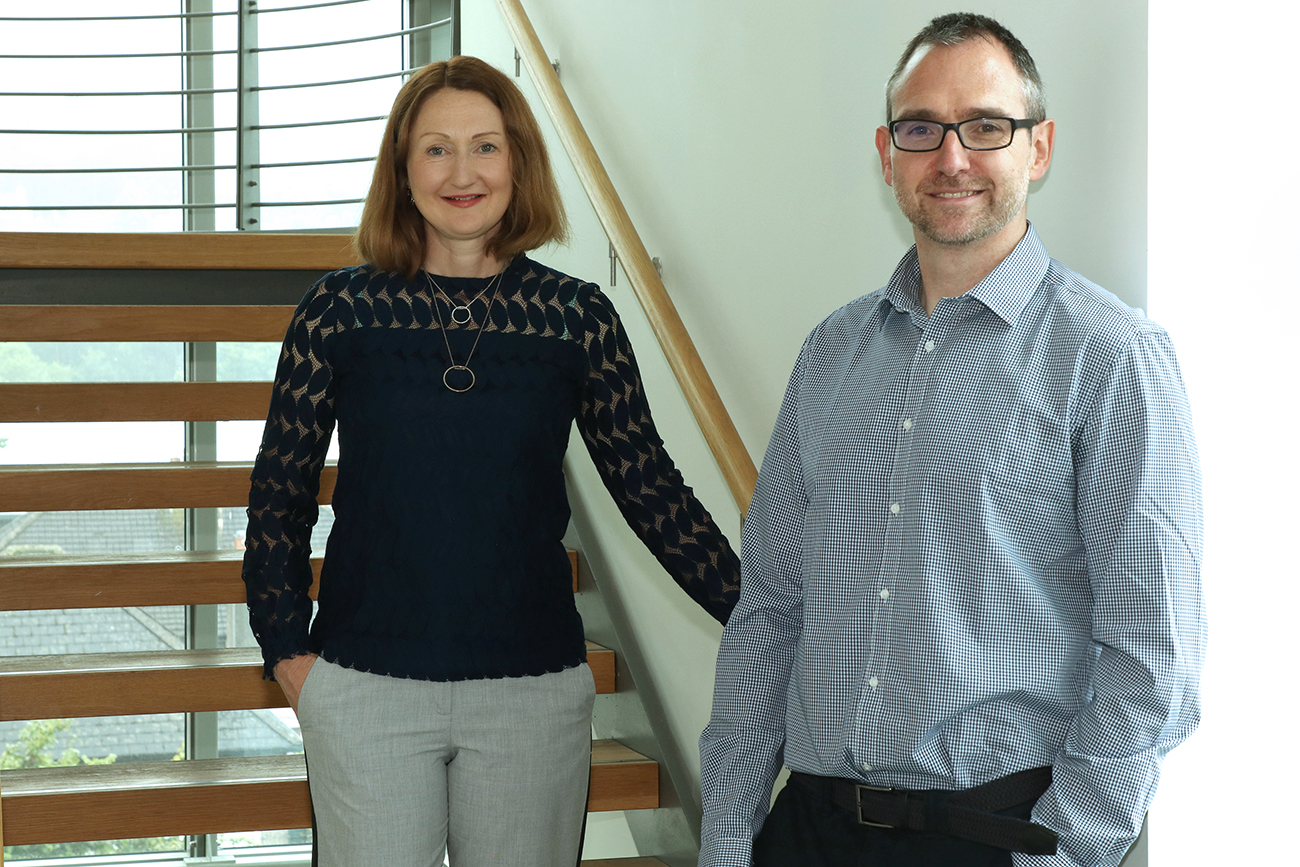In This Section
- Home
- Staff Profiles & Phone Book
- About the Department
- A History of the Department LANDING PAGE
- A history of the Department; The early years to the 1980s
- A history of the Department; The move from the Windle Building to BSI and WGB
- UCC Professors of Anatomy and Heads of Department
- The development of the UCC HUB
- Current students, recent research graduates and awards
- Useful Links
- Welcome from Head of Department of Anatomy and Neuroscience
- Study Anatomy
- Study Neuroscience
- Research
- UCC Anatomical Donations
- Biosciences Imaging Centre
- BSc Medical and Health Sciences
- News & Events
- News Archive 2024
- News Archive 2023
- News Archive 2022
- News Archive 2021
- News Archive 2020
- News Archive 2019
- News Archive 2018
- Recent Publications
- News archive 2017
- News Archive 2016
- News Archive2015
- News Archive 2014
- News Archive 2013
- News Archive 2012
- News Archive 2011
- BRAIN AWARENESS WEEK 2023
- Department Events and Conferences
- Seminar series 2019_2020
- photo galleries
- Narrowing the void Conference 2023
- Photos of BSc Medical and Health Sciences Mentoring launch 2022
- International Women's Day 2023
- 2023 BRIGHT FUTURES - Celebrating our researchers
- 2023 UCC Futures - Future Ageing & Brain Sciences
- Recent Graduations July 2023
- Anatomy and Neuroscience Top 100 Anatomy Physiology 2023
- BRAIN AWARENESS WEEK 2023 FUN AND GAMES EVENT
- Medical and Health Sciences First year class 2023
- 2023 Brain Awareness week Scientific discussion photo gallery
- World Anatomy Day 2023
- BSc MHS MENTORING PROGRAMME 2023
- BSc Medical and Health Sciences Graduation 2023
- BSc Neuroscience Graduation Photo Gallery 2023
- Dr Kathy Quane Nov 2023
- THANKSGIVING PHOTOS 2012
- Photo Gallery: Society of Translational Medicine Careers Fair 2023
- Photo Gallery:2023 TRAIN AWARDS
- Photo Gallery:2024 Creative Week St Joseph's NS
- Photo Gallery: Department of Anatomy and Neuroscience Thanksgiving Service 2024
- Photo Gallery: Professor Aideen Sullivan farewell party
- Photo Gallery: Irish Pain Society Annual Scientific Meeting Cork 2023
- Photo Gallery: 2024 Medical and Health Sciences Graduation
- Photo Gallery: Medical and Health Sciences Meet and Greet 2024
- Photo Gallery: 2024 BSC NEUROSCIENCE Graduation
- Photo Gallery: 2025 INTERNATIONAL WOMEN'S DAY
- Photo Gallery: 2025 BSc Neuroscience class and staff
- Photo Gallery: 2025 BRAIN CONNECTIONS
- BSc Neuroscience Graduation Photo Gallery 2025
- World Anatomy Day 2025
- UCC Learning and Teaching Showcase 2025
- Narrowing the Void Conference 2023
- Department of Anatomy and Neuroscience Contact Us
New funding from Cure Parkinson's on Neurotrophic factor therapy for Parkinson's

A new study funded by Cure Parkinson’s and led by Professors Gerard O’Keeffe and Aideen Sullivan at University College Cork, Ireland, will help lay the foundations to determine just how effective the neurotrphic factor GDF5 is at regenerating brain neurons and stopping Parkinson’s.
GDF5 is a neurotrophic factor that has already shown promising pre-clinical results. A new study will build on early results and help to determine whether this drug could progress to clinical trials.
Neurons and your brain: Growth factors are proteins that are secreted by cells throughout the body. They stimulate cells to multiply. In the brain, the role of neurotrophic growth factors is to keep neurons alive. Growth factors signal to the neurons and they rely on this constant communication to stay alive. It is the death of dopamine producing neurons in the brain that leads to Parkinson’s.
Exploring the next generation of growth factors: In earlier studies a drug called GDNF showed encouraging signs. However, these signs did not consistently translate in clinical trials. GDNF is a big sticky protein and it cannot pass the bloodbrain-barrier. It requires direct delivery to the brain via surgery.
Researchers think they might have an answer for why the GDNF trials produced complex results. To function, GDNF requires a protein called ‘RET’. But in Parkinson’s, the levels of RET are disrupted in the body. It is thought that without sufficient RET, GDNF may not be able to provide the anticipated regenerative effects.
GDF5 acts through a different pathway to GDNF; it does not need the RET protein to work. Preclinical studies already completed have shown GDF5 to have protective effects in Parkinson’s.
"We are honoured to have the support of Cure Parkinson’s for our ongoing pre-clinical work on developing the neurotrophic factor GDF5 as a therapy for Parkinson’s. In our new study, which is funded by Cure Parkinson’s, we will examine GDF5’s ability to protect dopamine-producing neurons in the brain in a model of Parkinson’s which mimics aspects of the pathology and symptoms of the human condition. If successful, this will lay the foundation for the use of GDF5 in clinical trials aimed at preventing the worsening of Parkinson’s pathology." Professors Aideen Sullivan and Gerard O’Keeffe, Department of Anatomy and Neuroscience, University College Cork, Ireland.
Photograph B Riedewald
Department of Anatomy and Neuroscience
Anatamaíocht agus Néareolaíocht
Contact us
Room 2.33, 2nd Floor, Western Gateway Building, University College, Cork, Ireland
